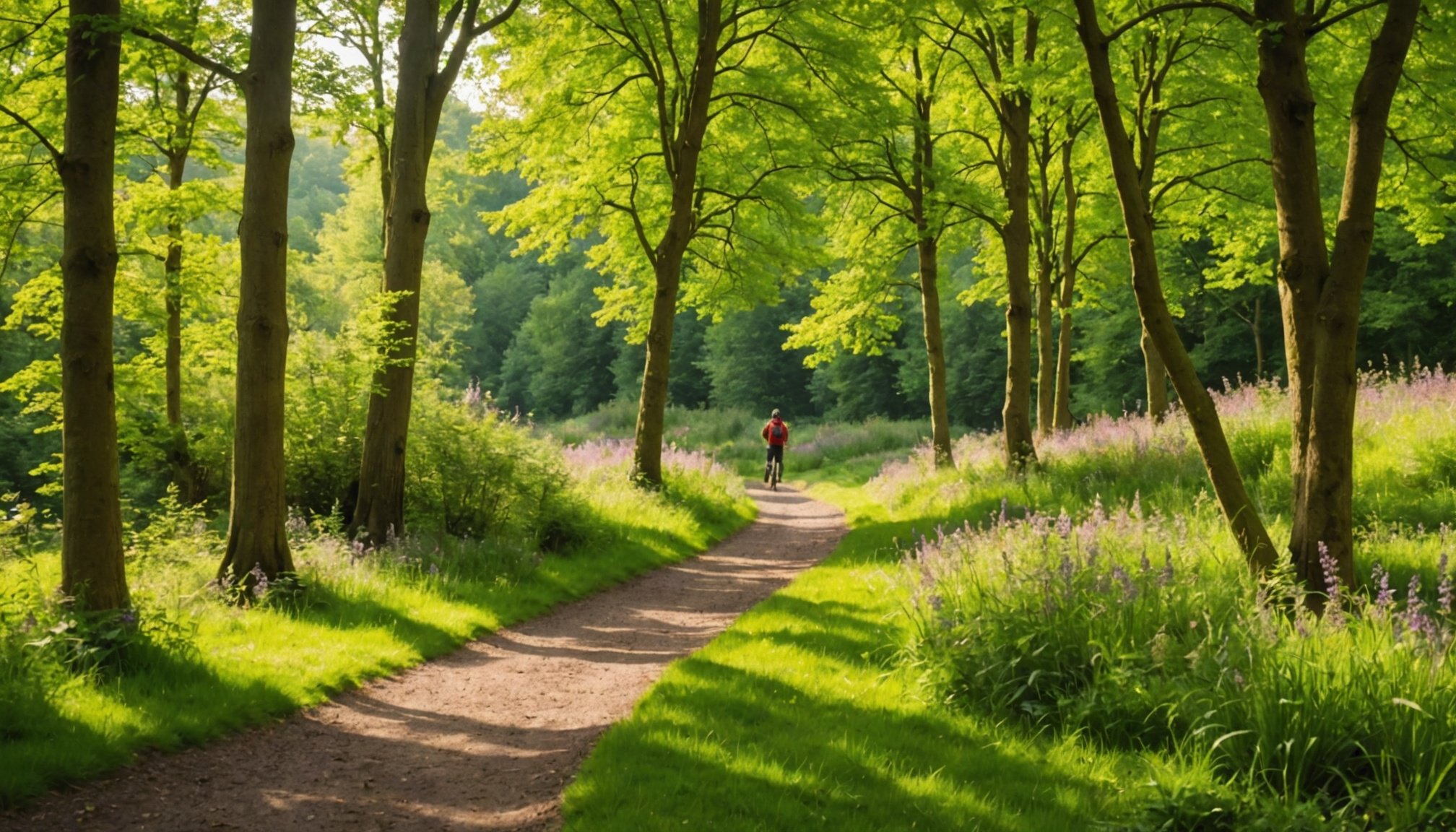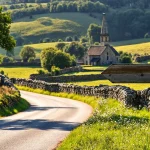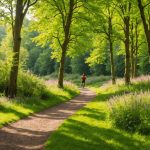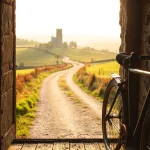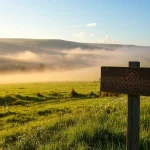Top Wildlife Experiences in the UK
Discovering wildlife experiences UK offers a rich connection to nature through diverse landscapes. Among the best UK nature activities are visits to iconic national parks such as the Lake District and the Scottish Highlands. These areas provide stunning scenery and opportunities to spot red deer, otters, and rare birds. Coastal regions like the Norfolk Broads or Pembrokeshire Coast National Park also provide unique wildlife encounters, including seals and various seabird species.
For those seeking more immersive activities, wildlife safaris and organised tours are excellent options. Guided boat trips allow observation of dolphins and porpoises in their natural habitats, while specialized birdwatching tours highlight rare migrating species. These things to do wildlife UK combine expert knowledge with hands-on experiences, enhancing your appreciation for the environment.
Also read : What Are the Hidden Benefits of Exploring the UK’s Underrated Destinations?
Beyond well-trodden paths, local favourites and lesser-known hotspots offer quieter, intimate wildlife encounters. Nature reserves like RSPB Minsmere and the New Forest provide tranquil settings with diverse flora and fauna, ideal for enthusiasts wanting to explore hidden gems. Whether you choose popular destinations or tucked-away locales, wildlife experiences UK deliver unforgettable moments amidst Britain’s natural heritage.
Must-See UK Wildlife and Where to Find Them
Discovering UK native animals offers an exciting glimpse into the country’s rich biodiversity. Mammals such as the elusive otters thrive along riverbanks and wetlands, especially in places like the Scottish Highlands and the Norfolk Broads. Red deer, a majestic symbol of British wildlife, are often spotted in the Glenmore Forest Park or Richmond Park near London, particularly during autumn when mating season brings them into view.
Also to see : What Makes the UK’s Top Tourist Attractions Bucket List Worthy?
Birdwatchers flock to coastal sites to see puffins, especially on islands like the Farne Islands off Northumberland and Skomer Island in Wales. Seals and dolphins also delight wildlife enthusiasts, with spots like the Moray Firth offering regular sightings of bottlenose dolphins. The coastlines of Cornwall and Pembrokeshire are renowned for seal colonies and occasional whale appearances.
Wildlife watching UK benefits greatly from understanding seasonal highlights. Spring and summer provide opportunities to witness birds nesting and marine life activity, while autumn exposes the dramatic red deer rut. For a fulfilling experience, choosing the right best places wildlife UK ensures the highest chance of encountering these captivating species in their natural habitat.
Recommended Wildlife Trails and Guided Tours
Discovering the rich biodiversity on wildlife trails UK offers a rewarding experience for nature enthusiasts. National trails like the South West Coast Path and the Pennine Way provide extensive routes for self-guided exploration, allowing visitors to observe native species while enjoying well-marked paths. For those seeking a more immersive experience, guided wildlife tours UK led by expert naturalists provide insightful commentary on local flora and fauna, increasing the chance of spotting elusive animals.
Reputable tour operators often tailor their offerings to different interests and abilities. Some focus on birdwatching, while others highlight mammals or plant life. These tours typically include transportation, equipment such as binoculars, and expert guidance, enhancing both understanding and safety. Scouting operators with positive reviews ensures a quality experience.
Families and individuals with limited mobility can also enjoy UK nature walks designed to be accessible and engaging. Many wildlife trails UK feature easy gradients and information boards that make self-guided exploration straightforward. Combining these with occasional guided tours can create a balanced approach to appreciating Britain’s vibrant ecosystems.
Whether venturing independently or joining a guided wildlife tour UK, these options make connecting with nature accessible and enjoyable for everyone.
Planning Tips for Ethical and Safe Wildlife Watching
When engaging in ethical wildlife watching UK, the foremost rule is to minimise disturbance to animals. Observe them from a distance to avoid altering their natural behaviours. Using binoculars or zoom lenses can enhance viewing without intruding. Respecting designated paths and restricted areas is crucial to protect habitats and ensure wildlife safety.
Choosing the right gear supports wildlife safety tips UK. Wear neutral-coloured clothing to blend into the environment and carry reusable water and snacks to reduce litter. Keep noise levels low to avoid startling animals. Small groups are preferable; limiting numbers reduces environmental impact and stress on wildlife.
Responsible wildlife tourism UK also involves practical logistics. Many sites require entry fees that go towards conservation efforts—be sure to check and plan accordingly. Parking availability varies, so pre-arranging transport or arriving early can ease access. Accessible facilities are increasingly common, ensuring that wildlife watching can be enjoyed by everyone.
By following these guidelines, you contribute positively to conservation while enjoying rich wildlife experiences. Ethical and safe practices form the backbone of responsible wildlife tourism in the UK, ensuring nature thrives for future generations.
Local Insights and Practical Information
Navigating UK wildlife travel tips ensures a richer and more enjoyable experience. Timing your visits during quieter periods—early mornings or weekdays outside of peak seasons—helps you avoid crowds and encounter wildlife undisturbed. For those seeking the perfect shot, bring a zoom lens and practice patience; animals are often more active at dawn or dusk.
When planning your trip, consult trusted wildlife visitor info UK sources, such as official nature reserves or national park websites. These provide up-to-date details on accessibility, trail conditions, and seasonal wildlife activity. Utilizing wildlife apps can enhance your experience, offering species identification and location tracking right from your phone—ideal tools for both beginners and seasoned explorers.
Consider transport options carefully; many rural wildlife hotspots may require a combination of train and local bus services or even bike rentals. Accommodation choices range from cozy B&Bs near reserves to eco-friendly lodges, allowing you to stay close to nature without compromising comfort. Prioritize lodging that supports conservation efforts, thereby contributing positively to UK wildlife preservation while enjoying your stay.

